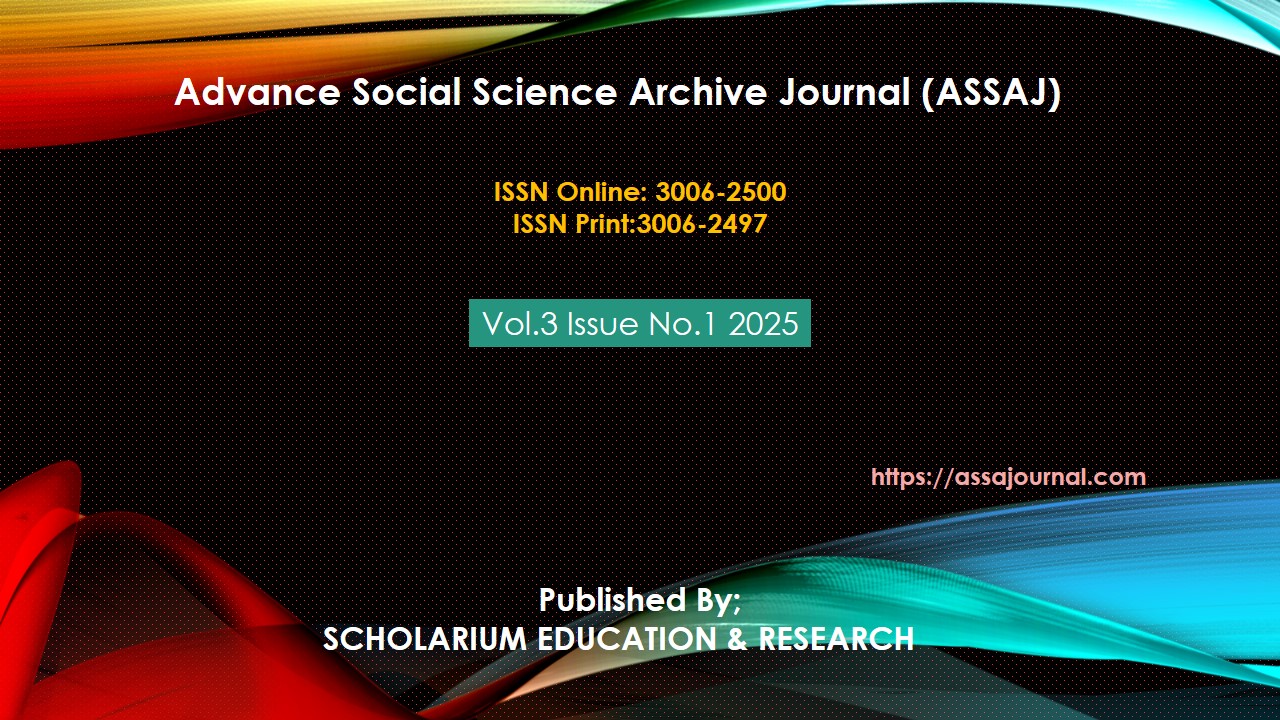COMPARING THE REPRESENTATION AND IMPACTS OF FEMALE POLITICIANS IN SOUTH ASIAN COUNTRIES
Abstract
This article provides a critical analysis of female politicians, their portrayal and their experience in the social cultural, legal and institutional contexts in South Asian nations. This paper argues that even though South Asian women have greatly improved their political engagement and participation, they face challenges such as gendered violence, culture, legally enforced constraints, and low political standing. This article overviews the past and the present situation with the females’ political participation in India, Pakistan, Bangladesh, Sri Lanka, Nepal, and Afghanistan, their achievements and challenges. Specifically, while some countries like Nepal have gained considerable progress by ways of quotas in increasing the number or representation of women in the politics, many countries, including Pakistan and Bangladesh, experienced slow progress Amin (2016) Though the presence of political yearn has been increased slowly in the Parliament and politics of Pakistan and Bangladesh, patriarchal politics and political instabilities obstruct the overall political participation of females. The article also investigates details the part played by women in political leadership, gender proportions in political systems, female leadership initiatives, as well as measures being taken to counter embedded gender prejudices. It ends by revisiting the theme of women politicians adapting to and remaking governance and policy even where structures remain hostile. The paper leverages findings by highlighting the need for legal changes, quotas for women, and institutional encouragement for the improvement of women’s political authority in South Asia and demanding changes that would create fair conditions for women in politics.
Keywords: South Asian Women, Women Political Leadership, Political Instability, Political Systems, Policy and Governance, Gendered Violence, Institutional Barriers.





